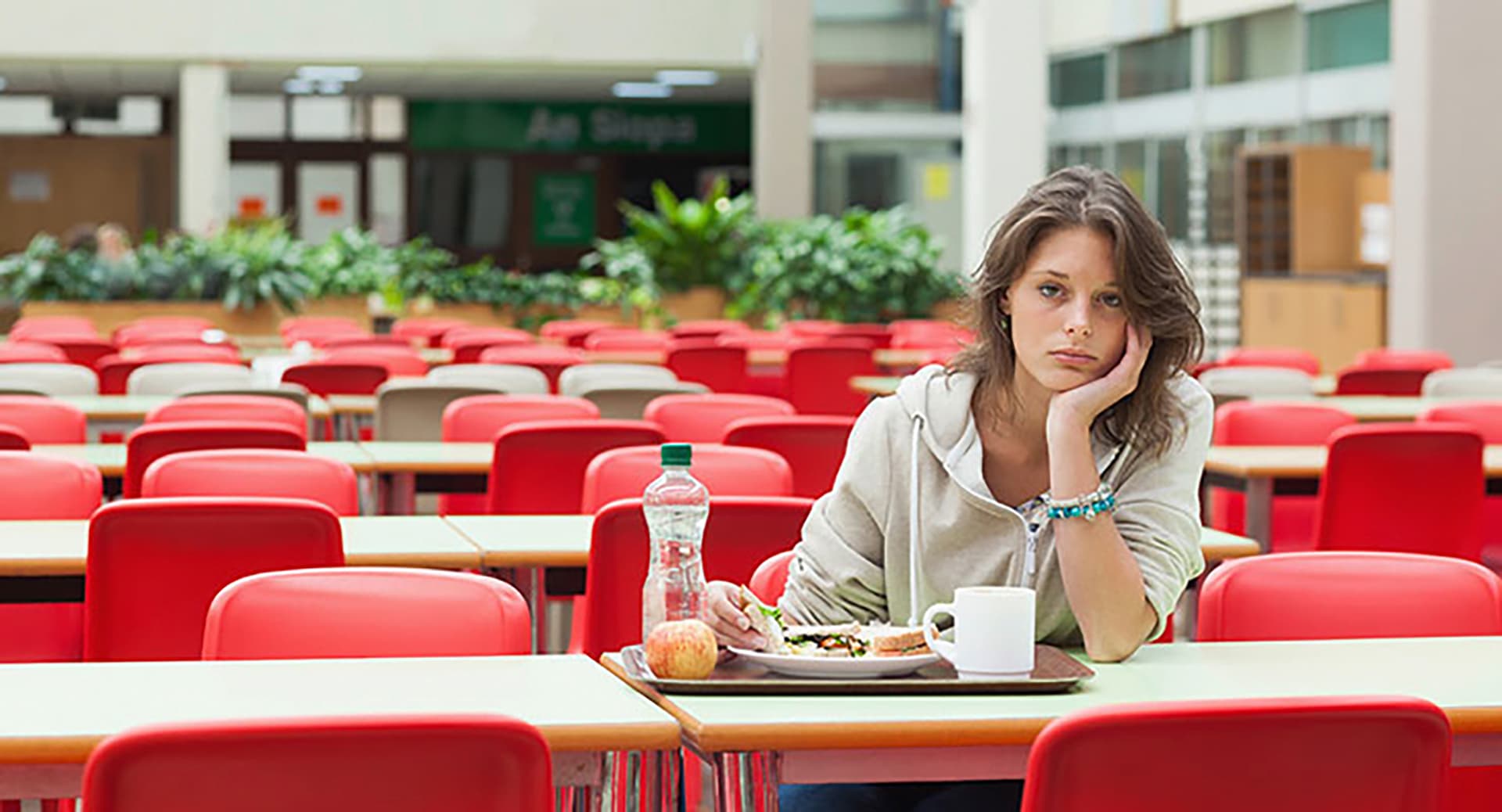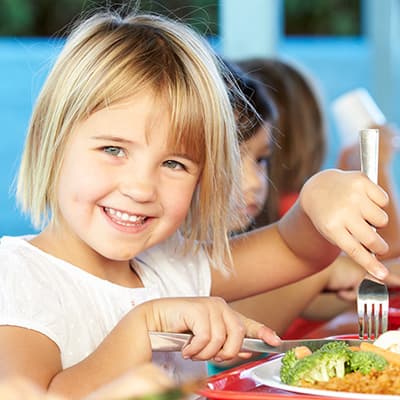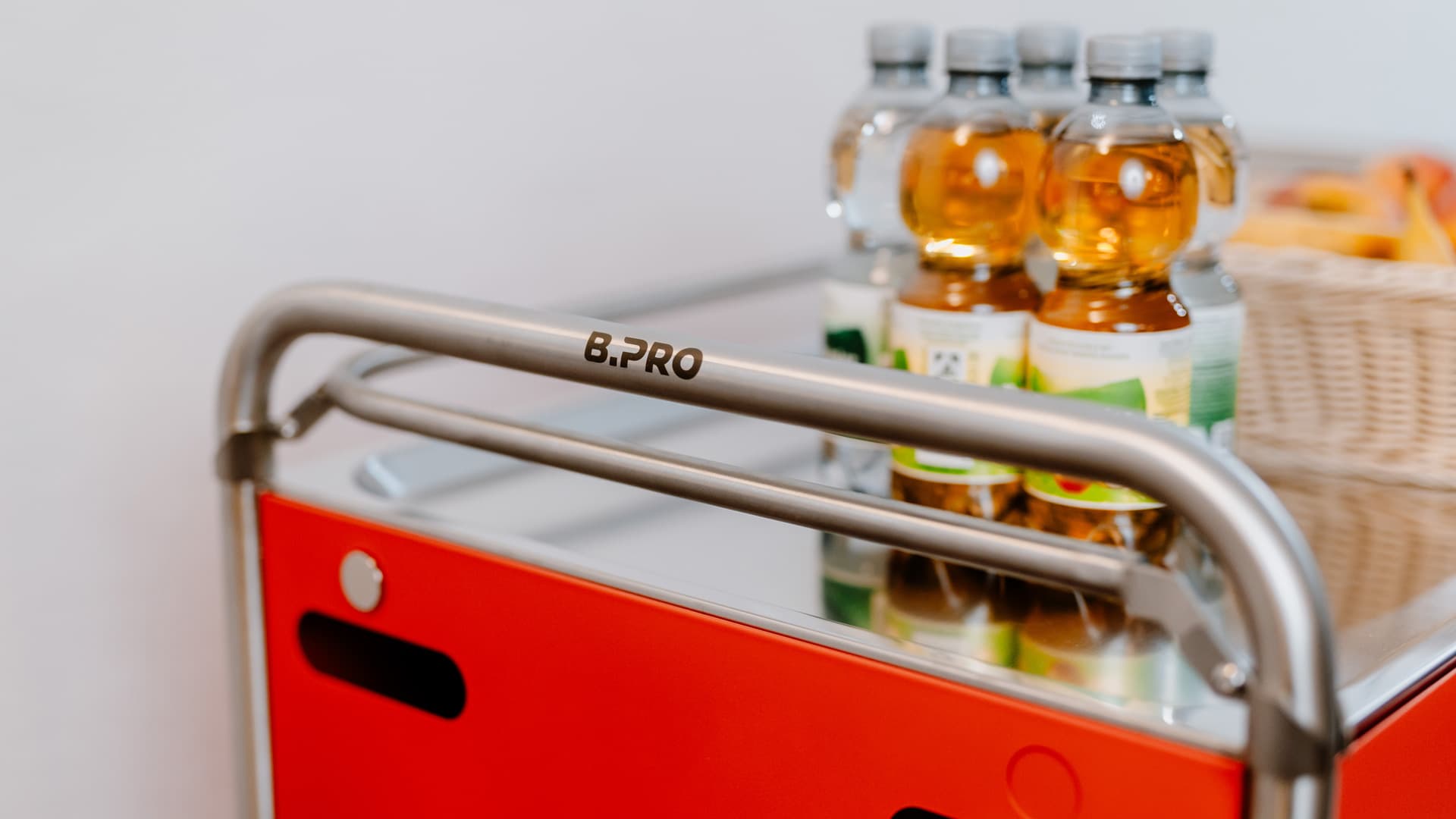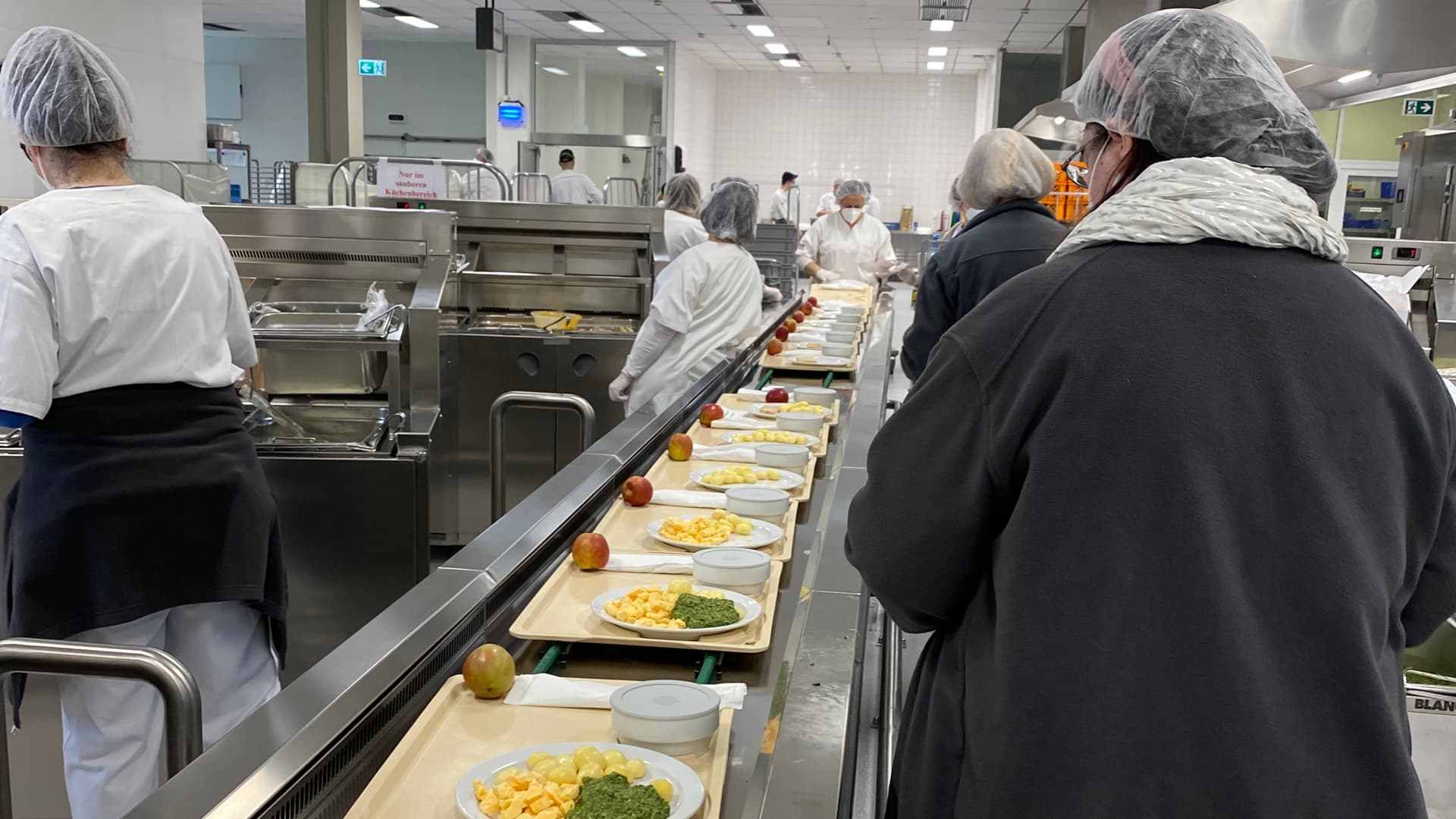
Lousy canteen - why do so many pupils avoid the school canteen?
No matter in which federal state or at which school: if you ask pupils whether they like eating in the school canteen, you get rather mixed feedback. Few answer the question in the affirmative, some give a diplomatic answer. But the majority are against eating in the canteen. How does this rather negative assessment come about? Is the food really as dry, tasteless and unappetising as many students claim? Do the pupils want different food? We investigated these questions. According to a decision by the Standing Conference of the Ministers of Education and Cultural Affairs (KMK), all-day schools are obliged to offer lunch. This currently affects around 3.5 million pupils nationwide. However, the actual number of pupils who visit the canteen every day is very different.

‘The food is often only lukewarm and looks disgusting - like it's been eaten before.’ Joel, 10 years old
Only around 43% of students eat lunch at school at least once a week, while around 25% take advantage of the offer at least three times a week. At 56.4%, primary school pupils eat at school significantly more often than their peers at secondary schools (32%). In comparison, around 44% of children and 68% of young people never go to the school canteen. More pupils at grammar schools and specialised upper secondary schools use the canteen (37.9%) than at secondary modern, intermediate and comprehensive schools (26.9%). With these figures, it is fair to say that there is still plenty of room for improvement!
Without any rules!
If you take a closer look at the topic, you quickly realise that there are no uniform rules or standards for school meals. What lunch should look like varies from state to state, from municipality to municipality and from school to school.

‘I like our canteen. We can choose what we want and how much we want. The food tastes good to me. Even the vegetables. But fish fingers are my favourite.’ Melanie, 6 years old
There is also no standardised nationwide regulation as to whether it has to be a hot meal or whether a cold meal is sufficient. The responsibilities are also completely different. Depending on the federal state, school catering is organised by different ministries. The Ministry of Food, the Ministry of Culture and the Ministry of Construction, which is responsible for expanding the canteens, for example.
Enjoy your meal?
According to the nutrition study EsKiMo II (2017), the most common reasons why children and adolescents do not participate in school meals are:
- Lunch or dinner at home
- Price is too high
- Flavour / one wishes for other dishes
Of course, when making a judgement, you must not forget that many different people also have different tastes. In addition, a school is also a meeting place for many cultures with different cuisines. Finding a uniform flavour that everyone likes can be compared to the famous search for a needle in a haystack. Nor can the argument ‘too expensive’ be levelled at any catering company. After all, a municipality can decide for itself who cooks the food and how much it should cost following a tendering process.

‘The food in our canteen is usually a disgrace: stale, tasteless and unappealing. I'd rather go to the kebab shop round the corner with my friends.’ Andreas, 17 years old
Make a wish!
In response to the question ‘You would like other dishes’, respondents were immediately asked which dishes they would prefer to be offered. No surprises were to be expected when the favourites were named: pizza, chips, kebab and schnitzel were at the top of the list. But it is actually logical what belongs on the plate. On behalf of the Federal Ministry of Food and Agriculture, the German Nutrition Society (DGE) has drawn up standards for good school meals down to the smallest detail. Vegetables and cereal products are recommended daily, including raw vegetables twice a week and a wholemeal product at least once. Fish, meat and sausage should only be on the menu once a week.

‘Mensa is great - pretty much everything is good here. We have a choice and there's always pasta and salad. I like that.’ Leila, 12 years old
Education helps!
As is so often the case, the truth lies somewhere in between. It is certainly wrong to make a blanket judgement on all canteens in Germany. But perhaps the children's wishes should be given a little more consideration and perhaps a special menu should be realised once a week. For example, chips with celeriac schnitzel is certainly a compromise that many people like.
But schools also have a part to play in raising awareness at an early stage. After all, it is important to teach children what healthy food is and that it can also taste good.
 The new strengths of the serving trolley in detail
The new strengths of the serving trolley in detailNow there are first-hand practical insights available: Our product expert explains how the shelf reinforcing profile, railing and heavy-duty design impress in everyday use – and reveals tips for maximum safety and comfort.
 Two is better than one
Two is better than oneThe B.PRO Group has implemented a sophisticated food distribution project at the University Medical Centre Mannheim. In focus: two portioning lines in one kitchen. This unusual concept has many convincing advantages.
 From the hob to product management
From the hob to product managementAt B.PRO, Fredy Bauer has been combining kitchen practice with enthusiasm for technology for 20 years. In this interview, he talks about his journey, the changes in the industry and practical knowledge as the key to coherent solutions.
